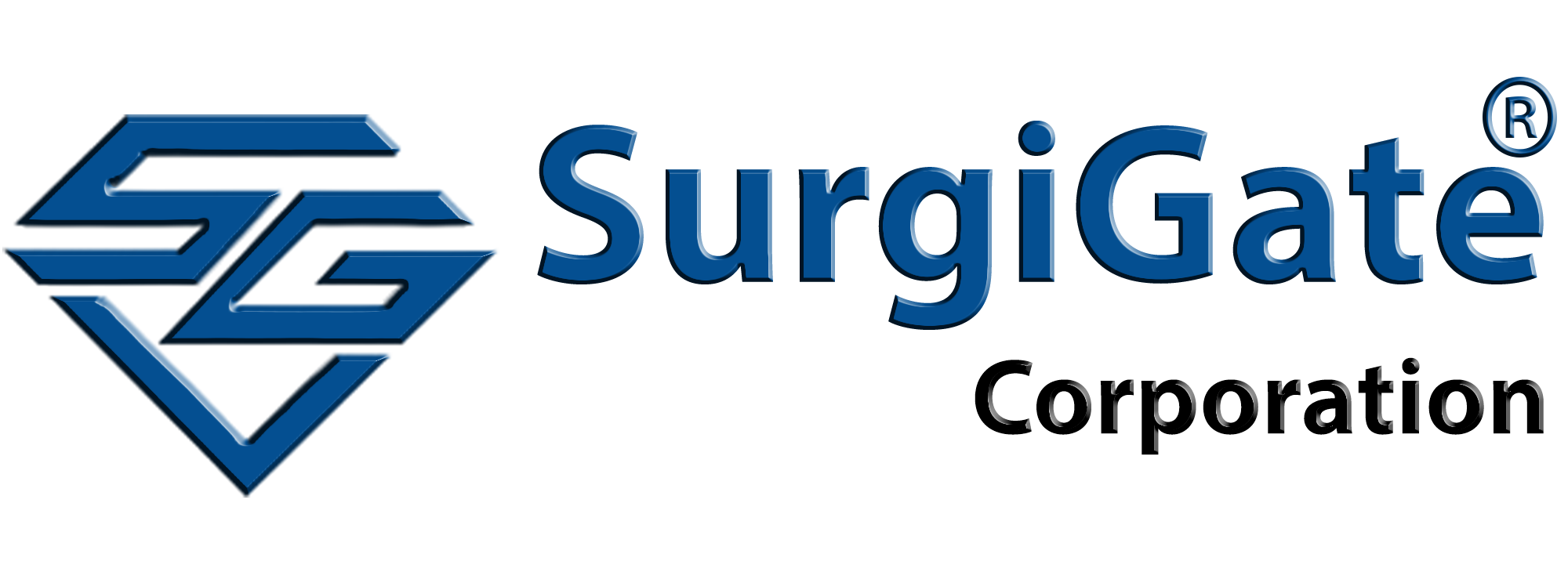Demystifying Surgical Instruments: A Comprehensive Guide to the Tools of the Operating Room
Surgery, a medical discipline that has evolved over centuries, is an intricate dance of skill, precision, and technology. At the heart of this practice lie the tools that surgeons employ to navigate the human body and effect transformative procedures. These tools, collectively known as surgical instruments, are indispensable in the world of modern medicine. In this blog, we will delve into the fascinating realm of surgical instruments, exploring their types, functions, and the crucial role they play in the hands of skilled healthcare professionals.
Understanding Surgical Instruments: An Overview
Surgical instruments are specialized tools designed to perform specific functions during medical procedures. These tools aid surgeons in cutting, dissecting, suturing, and manipulating tissues with precision. The vast array of surgical instruments can be categorized based on their function, and each category serves a unique purpose in the operating room.
Cutting Instruments: Precision in Incision
One of the primary functions of surgical instruments is to make incisions with accuracy and minimal tissue damage. Scalpels, the most basic cutting tools, come in various shapes and sizes to suit different surgical needs. Scissors, another essential cutting instrument, are designed for dissecting tissues and cutting sutures.
Grasping and Holding Instruments: Precision in Grip
To manipulate tissues or organs during surgery, surgeons use grasping and holding instruments. Forceps, with their pincers-like structure, are crucial for holding, gripping, or manipulating tissues. Tweezers, another variant, provide a fine grip for delicate procedures.
Hemostatic Instruments: Controlling Bleeding
Bleeding is a significant concern in surgery, and hemostatic instruments are designed to address this challenge. Clamps, ligatures, and hemostats help control blood flow by sealing blood vessels. Electrocautery and laser instruments are also employed for coagulation, preventing excessive bleeding during procedures.
Retractors: Creating Space
Surgeons often need to create a clear view of the surgical site, and retractors play a vital role in achieving this. These instruments gently hold back tissues, providing an unobstructed view and access to the operating area.
Suturing Instruments: Bringing Tissues Together
Closing incisions and wounds is a critical step in surgery, and suturing instruments are employed for this purpose. Needle holders, forceps, and various types of needles are used to stitch tissues together seamlessly.
Probing and Dilating Instruments: Exploration and Expansion
Probes and dilators are used to explore body cavities and widen openings during surgical procedures. These instruments aid in examining internal structures and ensuring proper access to the surgical site.
Imaging and Inspection Instruments: Enhancing Visibility
In modern surgery, technology plays a significant role, and imaging and inspection instruments contribute to enhanced visibility. Endoscopes, laparoscopes, and other specialized cameras allow surgeons to visualize internal structures in real-time, facilitating minimally invasive procedures.
Challenges and Innovations in Surgical Instrumentation
While surgical instruments have come a long way, the field continually faces challenges and welcomes innovations. Sterilization, precision engineering, and ergonomic designs are areas of ongoing improvement. Advancements in materials, such as the use of titanium and stainless steel, contribute to durability and reduced risk of infection.
Training and Expertise: The Human Factor in Surgical Instrumentation
The effectiveness of surgical instruments is intrinsically linked to the skill and expertise of the surgeon. Proper training, experience, and a deep understanding of the human anatomy are essential for using these tools effectively. Surgeons must also stay abreast of technological advancements and new instrument designs to continually enhance their surgical capabilities.
Conclusion: The Symphony of Surgery
In the intricate world of surgery, where every movement is a delicate note in a symphony of healing, surgical instruments are the instruments of change. From the humble scalpel to the cutting-edge robotic systems, these tools have evolved alongside the art and science of surgery. As technology advances and our understanding of the human body deepens, so too will the array of instruments that surgeons use to push the boundaries of what is medically possible. The world of surgical instruments is a testament to the relentless pursuit of precision, innovation, and ultimately, better patient outcomes.
